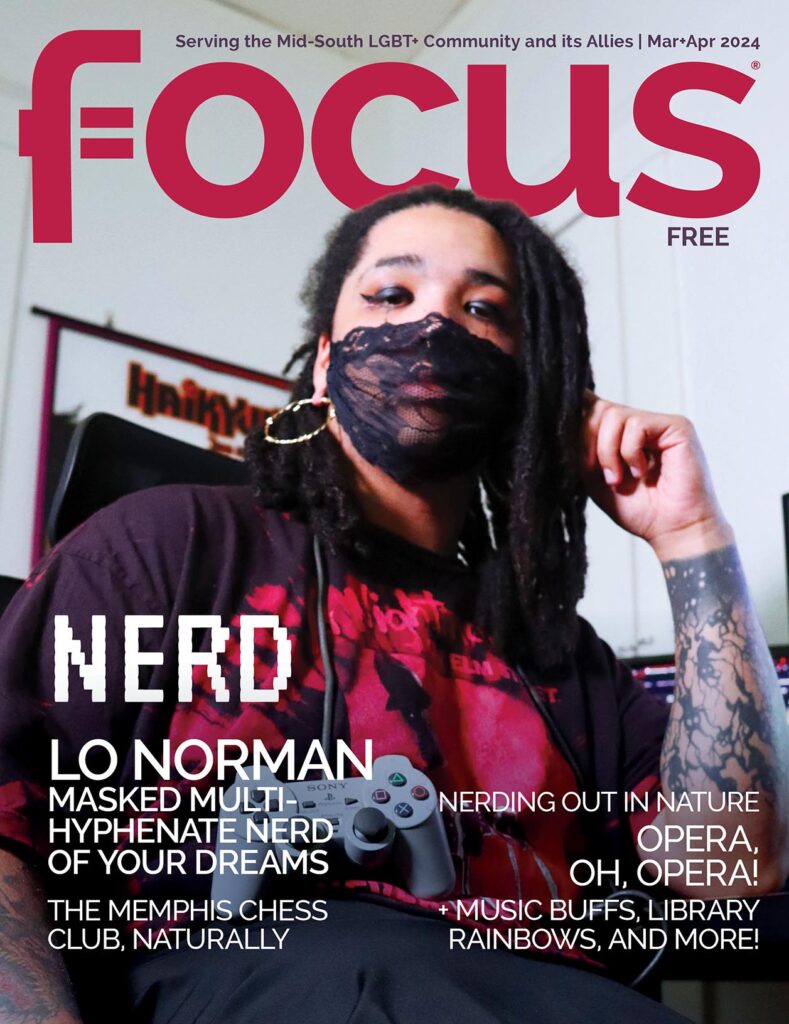story & photos by Tricia Dewey
Sun Studio was originally called Memphis Recording Service, sharing the same building with the Sun Records label business. Reputedly the first rock and roll single, Jackie Brenton and his Delta Cats’ “Rocket 88” was recorded here in 1951 with song composer Ike Turner on keyboards, leading the studio to claim status as the birthplace of Rock ‘n’ Roll. Stars like Carl Perkins, Jerry Lee Lewis, Johnny Cash and Roy Orbison recorded there around that time as did Blues and R&B artists like Howlin’ Wolf, B.B. King, and Rufus Thomas. More recently, bands like U2, Def Leppard, and Bonnie Raitt have laid down tracks. The studio operates as a recording business after the last tour of each day.
Blink and one could completely miss the angled building at the corner of Union and Marshall. It’s the one with the giant Gibson guitar hanging over the front door. They might not realize that inside 706 Union Avenue is an approximately 600-square-foot room where rock and roll was invented. This unassuming place belies the wildly creative music that originated here beginning in the 1950s. But just a visit to Sun Studios can leave you full of stories and reminiscences of mid-century Memphis.

Beginning in 1945, Sam Phillips, originally from Florence, Ala., worked as a DJ and sound engineer for radio station WREC, recording the weekly radio shows from the
Skyway Ballroom at the Peabody where it is said that he could hear the music from Beale Street. He was already experimenting with recording, moving the microphone closer to certain instruments to emphasize their sound. He was looking around Memphis for a place to open a recording studio. He found that place in a 1905 building that had been a former auto glass garage. After he secured the lease on the garage, he replaced the tin ceiling with acoustic tile and walked around the room clapping to hear the exact echo from each spot.
Sam Phillips opened Memphis Recording Service on January 3, 1950. Next to the new recording space was Taylor’s Restaurant. The restaurant became Phillips’ unofficial office.
In March 1951, he recorded “Rocket 88” there, which became known as the first rock-and-roll record owing to the distortion created by Phillips stuffing newspaper (or brown paper depending on the story!) around an amplifier’s damaged cone. In 1952, Phillips decided to start his own label and named it Sun Records for the new sound he was interested in recording. As Nina Jones, the current Sun Studio operations manager says, there were many other recording studios in Memphis at the time but Sun was the first one to record music of a certain type.

“Essentially what Sam Phillips was doing was he was a white man recording black music,” Jones said. “And nobody else was doing that and that’s where the difference was. And that was sort of the whole deal with Elvis as well…. It was a sound that nobody had heard before because it was a white kid playing black music.”
Marion Keisker, Phillips’ assistant, was at the helm on July 18, 1953. That’s the day that an 18-year-old, new high school graduate named Elvis Presley, walked into the studio to request a $4 custom session to record two songs. As the story goes, he wanted to take home a birthday present for his mother, Gladys. Different people tell the rest of the story different ways. What seems most likely is that with Keisker’s continued encouragement, Phillips eventually asked Elvis to a return session about a year later.
On July 5, 1954, after several hours of recording, Elvis launched into the blues song “That’s All Right (Mama).” Three days later Dewey Phillips played the song on his “Red, Hot & Blue” radio show from WHBQ studio at the Chisca Hotel. The song took off. A few days after that, Elvis and his musicians recorded Bill Monroe’s “Blue Moon of Kentucky” for the B side of “That’s All Right.” They used the “slapback” echo (layered sound a fraction of a second delayed) that was to become the distinctive ‘Sun sound.’ The rest is history.


Phillips eventually sold Elvis’ contract to RCA on November 21, 1955, for $35,000, an amount Phillips thought would be impossible to raise and then used the money to boost the careers of other Sun artists. The musicians recording at Sun during that time read like a who’s who of 1950s rock and roll, and blues. They were artists like BB King, Carl Perkins, Jerry Lee Lewis, Johnny Cash, Charlie Rich, and Roy Orbison.
In 1959 Sam Phillips ended his lease on the Union Avenue studio and bought another studio a couple blocks away that is still run by his children. In 1969 he sold the Sun Records label. Back at 706 Union, several renters occupied the space. Eventually Graceland, the Smithsonian, and Sam Phillips helped to restore the studio in the late 1980s. During that time, the Schorr family, along with a couple other investors, realized that this place where Elvis and so many others recorded might work as a tourist attraction. In 1985 Schorr took sole ownership, bought the former restaurant, connected the buildings, and developed an official guided tour. Sun Studios is now a small, family-run business that attracts about 200,000 visitors a year, and sells untold amounts of merchandise sporting the iconic Sun label. Tours run seven days a week. At night it returns to an active recording studio. Says Jones, “Like the original [Sun Records] slogan ‘we’ll record anything, anywhere, anytime,’ we don’t really care who you are.” There’s something magical about the sounds in this room. Take the tour to hear all of the stories while standing on this hallowed musical ground.




